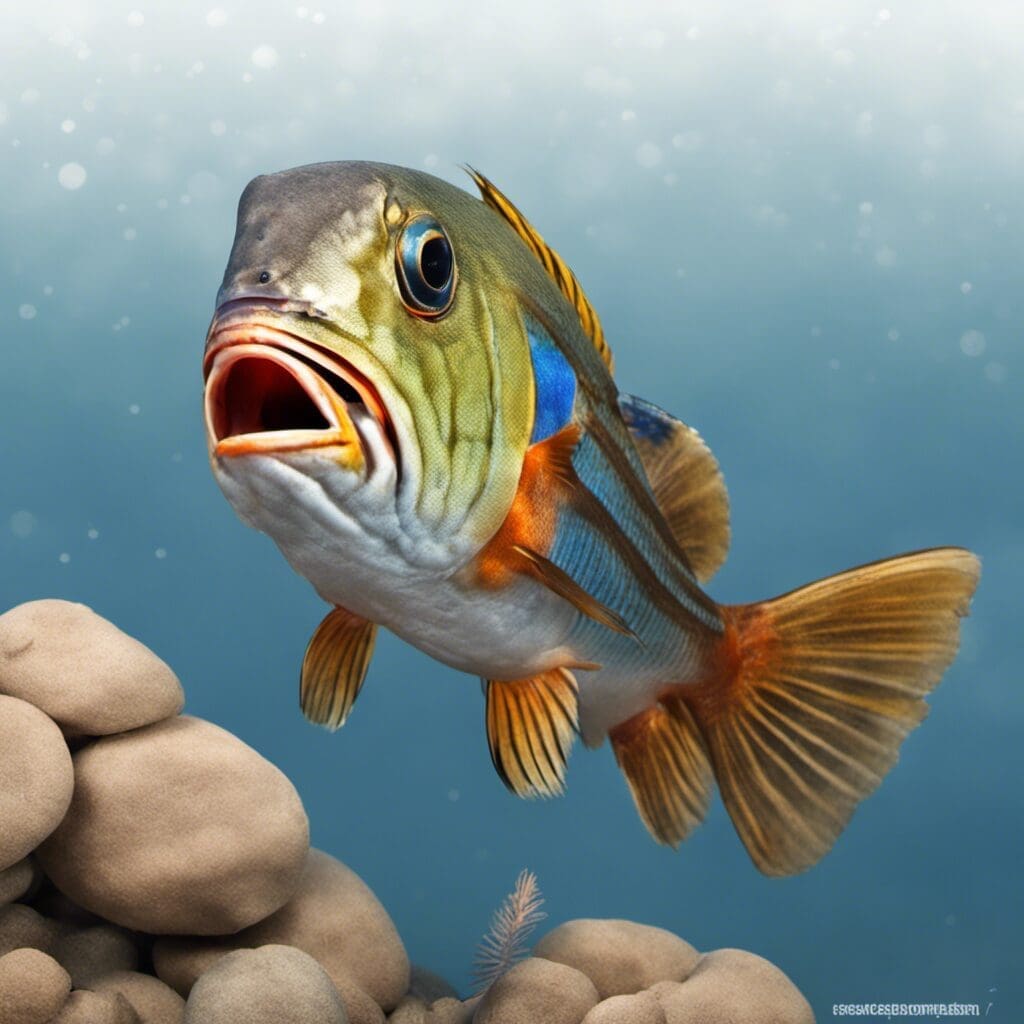The Bluethroat Wrasse, scientifically known as Notolabrus tetricus, is a part of the Labridae family.
Conservation Status
The conservation status of the Bluethroat Wrasse is currently Least Concern. Due to the remarkable adaptivity of this species to its environment, conservation efforts are minimal.
Statistics
| Statistic | Measure |
|---|---|
| Length | Average: 26 cm, Range: 12-52 cm |
| Weight | Average: 500 g, Range: 250-800 g |
| Average Lifespan | 5-6 years |
Distribution
The Bluethroat Wrasse are found in coastal waters of the southern parts of Australia. Their migration patterns are largely unknown due to their preference for rocky bottom habitats.
Habitats
The Bluethroat Wrasse prefers marine, brackish waters with a depth range of 1-80 meters. They are able to adapt to temperature variations but prefer cool temperate waters.
When and Where to See
These fish are usually active during the day. They can be seen most prominently during the warmer months of year when they come closer to the shorelines to feed.
Best Fishing Locations
- Jervis Bay, Australia
- Port Phillip Bay, Australia
- Eden, Australia
- Narooma, Australia
- Portland Harbor, Australia
Generally, it is recommended to find rocky areas around breaks in the reef where these fish like to hide.
How to Catch
Preferred baits for Bluethroat Wrasse include small crabs, worms, and shrimps. Techniques such as bottom fishing, trawling and fly fishing seem to work the best. The optimal time for fishing is during the warmer months, during high tide when the fish come closer to the shoreline.
Identification Guide
Bluethroat Wrasse are colorful, with males characterized by a bright blue throat. They have fleshy lips and a thickened ‘bump’ on the forehead. Their bodies are elongated with a tall second dorsal and anal fin. They are often compared to other wrasse species but can be distinguished by their distinct blue coloration.
Culinary
The Bluethroat Wrasse offers a fine, sweet taste with a firm texture. Its meat is low in fat making it a nutritious choice. It works well grilled, baked or fried with a mix of herbs and spices.
Additional Information
Bluethroat Wrasse are known for their peculiar sexual development. Young females can transform into males as they mature. They feed primarily on crustaceans, mollusks, and sea urchins. Their predators include larger fish and birds, while human-induced threats come via fishing and habitat degradation.
References and Further Reading
For further reading about the Bluethroat Wrasse, consider Fishbase and Australian Museum.

